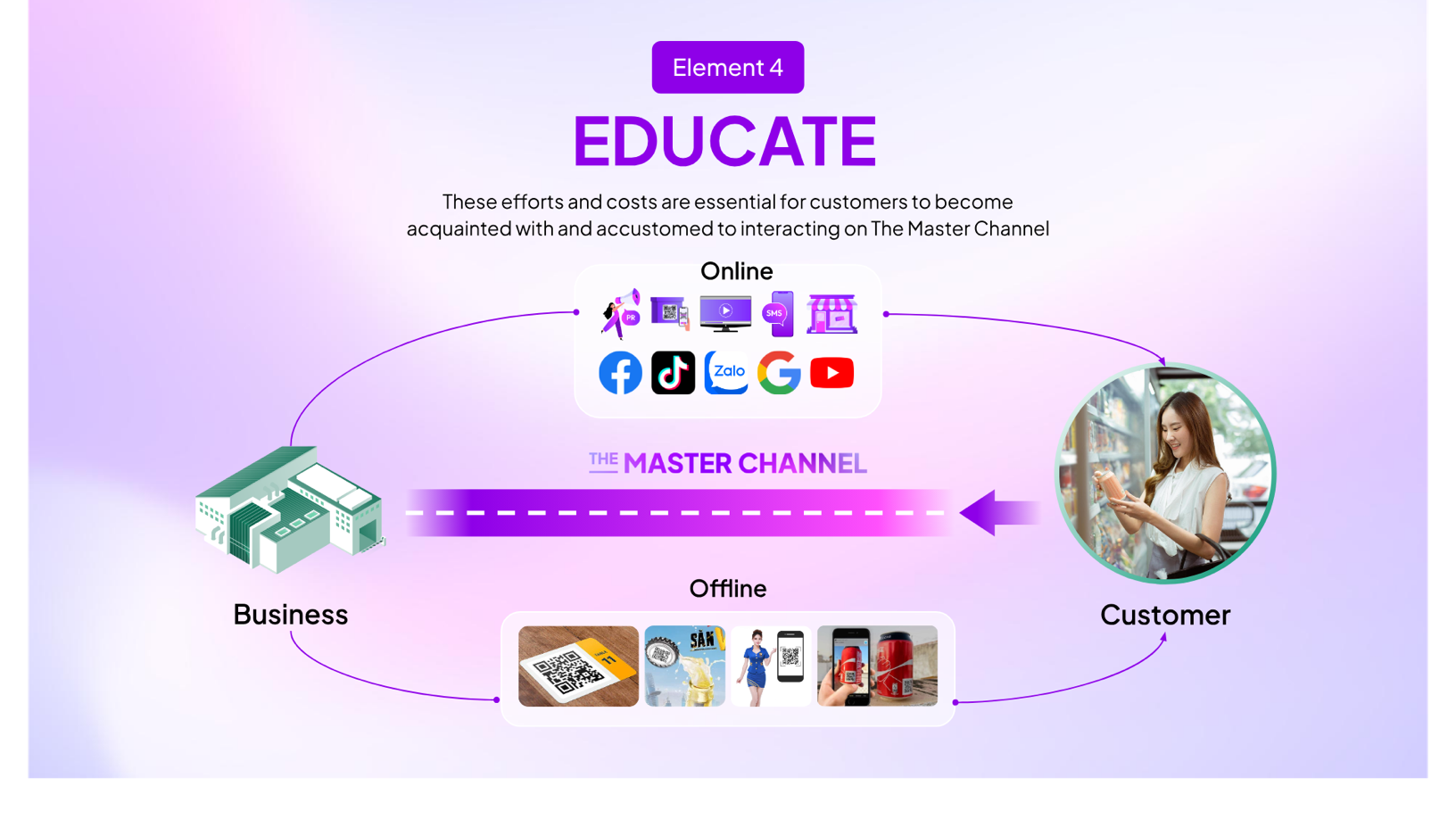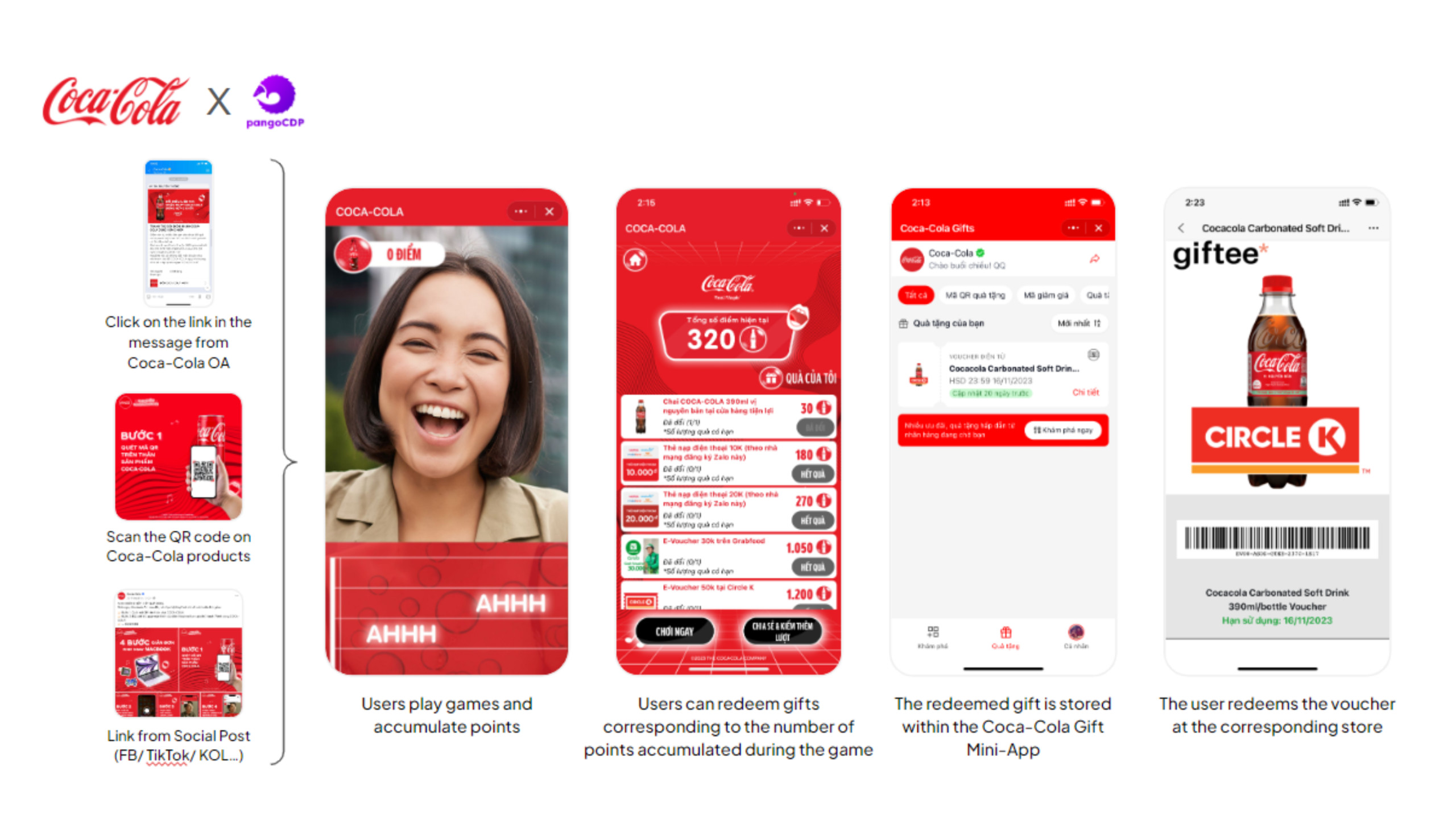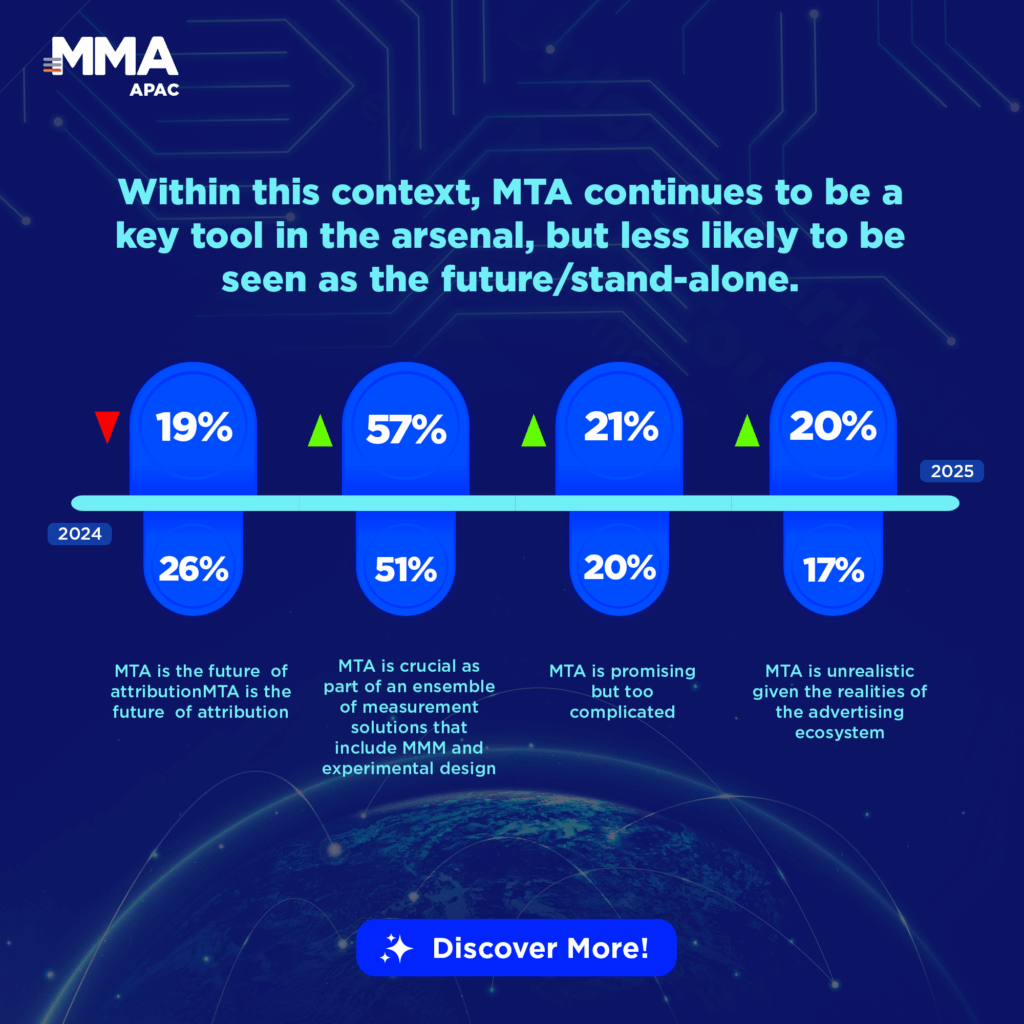
Omni Channel and The Master Channel
The term “Omni Channel” emerged in the 2010s as businesses sought to engage customers across various touchpoints, including offline stores, call centers, e-commerce websites, mobile apps, and social media platforms.
Omni Channel facilitates expanded market reach, swift customer engagement, and seamless support. However, its implementation and maintenance necessitate significant resources and expenses. Ensuring consistent customer experience across channels proves to be the most challenging aspect.
In response to these challenges, Dr. Dinh Mong Kha introduces “The Master Channel” as an innovative approach to customer engagement. In contrast to Omni Channel, The Master Channel concentrates resources on a singular primary channel to deliver superior customer experiences at reduced costs. Leveraging a customer data platform integrated with prevalent Super Apps like WeChat, Line, and local platforms such as Zalo and MoMo, The Master Channel presents a transformative shift in customer engagement methodologies.
The Rising Trend Of Super App
A survey from Sentient Decision Science (commissioned by Facebook in June 2018) revealed that 70% of users frequently communicate with businesses to inquire about products and services, with 59% opting to make purchases via text message. Notably, over 64% of respondents cited their familiarity with texting as the primary driver behind this preference.
Zalo, the leading messaging application in Vietnam, boasts 74 million regular users, with over 2 billion messages exchanged daily, according to the “Connected Consumer Q4 2022” report by MMA Vietnam and Decision Lab.
Text messaging has entrenched itself as an integral aspect of modern communication, serving as a ubiquitous medium for interactions between individuals and businesses.
However, the integration of Super Apps into The Master Channel represents a significant evolution in customer-business interactions. Super Apps originating from messaging platforms like WeChat and Zalo possess a distinct advantage due to their heightened interaction frequency. Moreover, the apex of Super Apps encompasses platforms that enable businesses to develop Mini Apps within their ecosystem.
With the advent of platforms like WhatsApp or Viber, chat features have undergone significant advancements, prompting numerous businesses to leverage these platforms for customer outreach and support. However, WeChat’s introduction of Mini Apps in 2017 marked a watershed moment, with 95% of Chinese businesses establishing a presence on the platform and creating over 1 million Mini Apps. Presently, more than 400 million users access these Mini Apps daily for a myriad of services ranging from shopping to entertainment, and unlimited other experiences.
Following WeChat’s lead, Zalo in Vietnam embarked on developing Mini Apps in 2021, achieving notable milestones, particularly when integrated with the concept of The Master Channel.
The Master Channel with Super App

Element 1 – Channel
“Channel” serves as bidirectional communication platforms connecting businesses and customers. Businesses can choose platforms such as:
- SMS, Email…
- Social Chat: Facebook, Whatsapp, Telegram, Viber…
- And Super Apps such as WeChat, Line, Zalo, Momo… offer distinct advantages, including:
- Cost optimization.
- Enhanced engagement experiences.
- Heightened user interaction and feedback rates.

Element 2 – Experience
“Experience” is when customers interact with the utilities provided by businesses on The Master Channel. While chat apps, augmented by AI and ChatGPT, herald a fresh wave of interaction, it’s the Super App and Mini App that underpin the construction of Element 2 of The Master Channel.
Integrated within Super Apps, Mini Apps seamlessly transition customers from text messages to immersive shopping experiences without disruption. In another scenario, customers can simply scan the QR code at the store without the need for logging in or providing personal information. They instantly receive a discount code or membership offer.
With Mini App, the possibilities for crafting experiences are boundless.

Element 3 – Warm
“Warm” encompasses personalized messaging activities aimed at nurturing customer relationships. Typical “Warm” activities encompass promotional announcements, product launches, surveys, and customer care initiatives.
Crafting the appropriate message for the right audience requires a platform capable of gathering 360-degree data about customers. A Customer Data Platform (CDP) becomes indispensable in constructing element 3.

Element 4 – Educate
Establishing habits for customers with The Master Channel.
The final element, “Education,” aimed at familiarizing customers with The Master Channel and fostering it into their habitual interactions with businesses.
“Educate” initiatives encompass both online communication efforts and offline strategies, including QR code deployment at touchpoints such as retail stores, educational institutions, hospitals, and amusement parks, etc.

The Master Channel – The future that has been seen
When businesses embark on researching to establish pivotal interaction channels, it’s imperative to gain a comprehensive understanding of the dynamics between businesses and customers. This comprehension lays the foundation for crafting immersive experiences and adopting suitable methods to engage customers via the Super App.
In actuality, insights drawn from WeChat and Chinese businesses offer valuable lessons.
Famed establishments in China’s F&B sector, such as Haidilao and Mixue, have garnered global acclaim owing to their triumphant endeavors in the domestic market. The manner in which these enterprises cultivate customer experiences on WeChat Mini App serves as a noteworthy case study. The functionalities embedded within Haidilao or Mixue’s Mini Apps predominantly focus on furnishing discount codes, facilitating orders, table reservations, and extending membership incentives. While these features are not novel within the industry, the manner in which they are seamlessly integrated into the Mini App platform surpasses conventional websites or alternative platforms. Dispensing with the necessity for app downloads or logins, all functionalities can be conveniently encapsulated within numerous Mini Apps, enabling swift activation and deactivation of Mini Apps in alignment with campaign requirements,…
Turning our gaze to global enterprises operating within the Chinese market, such as Starbucks or Coca-Cola, it becomes apparent that none overlook the development of Mini Apps. Engaging experiences, ranging from gaming opportunities to prize-winning endeavors and purchase accumulations, are recurrently rolled out through Mini Apps.
In Vietnam, Coca-Cola also piloted a campaign on the Mini App platform, offering consumers a seamless journey from media exposure to engaging in games and redeeming rewards at convenience stores—all within the confines of the Mini App.

For businesses in China, establishing an interactive channel on the Super App WeChat is a natural progression. While the narrative is just unfolding in Vietnam, businesses can anticipate this emerging trend and take proactive measures to align with it.
To provide businesses with clear insights into their destination, the author and her colleagues have meticulously compiled detailed case studies from China and actively participated in implementing The Master Channel for over 70 Vietnamese enterprises up to the time of this article.
Conclusion
The Master Channel introduces a novel concept by integrating technology into customer-business interactions, merging messaging interactions and Mini App engagements within a unified Super App platform.
Upon full implementation of the four elements—Channel, Experience, Warm, and Educate—The Master Channel enables businesses to engage more effectively with customers across both online and offline realms. Particularly beneficial for businesses with constrained resources, the cost associated with establishing and sustaining The Master Channel is notably more economical.



















